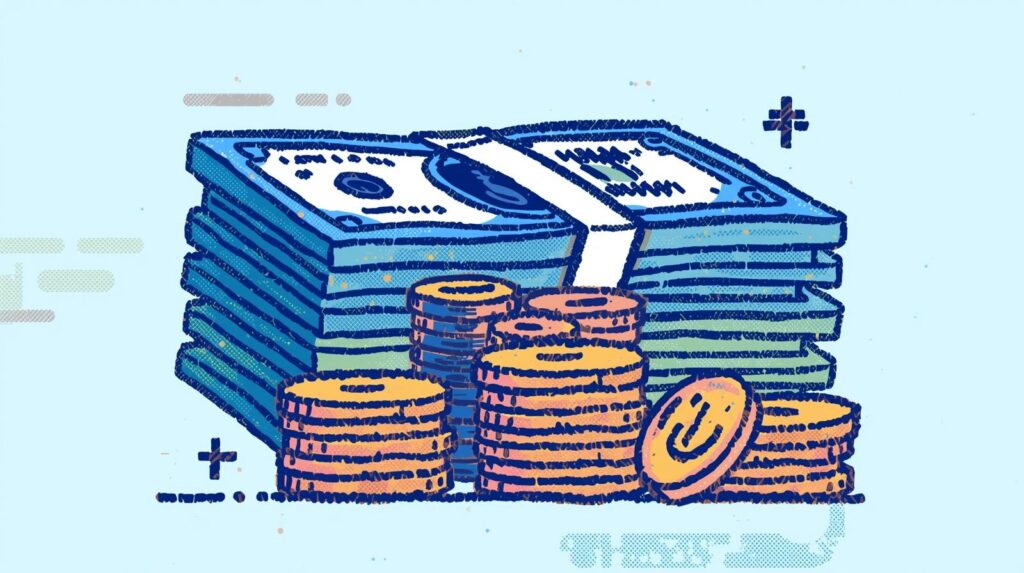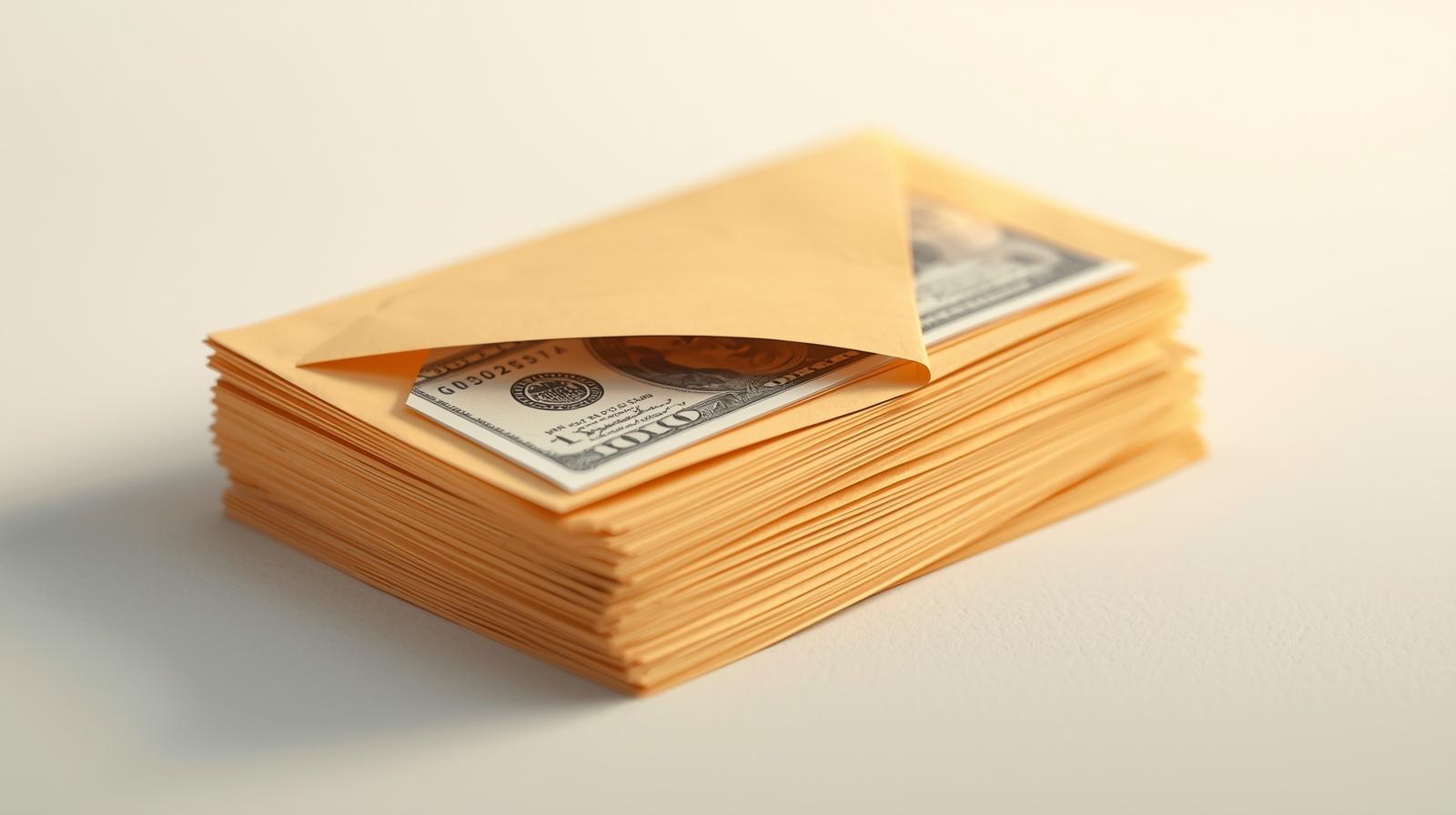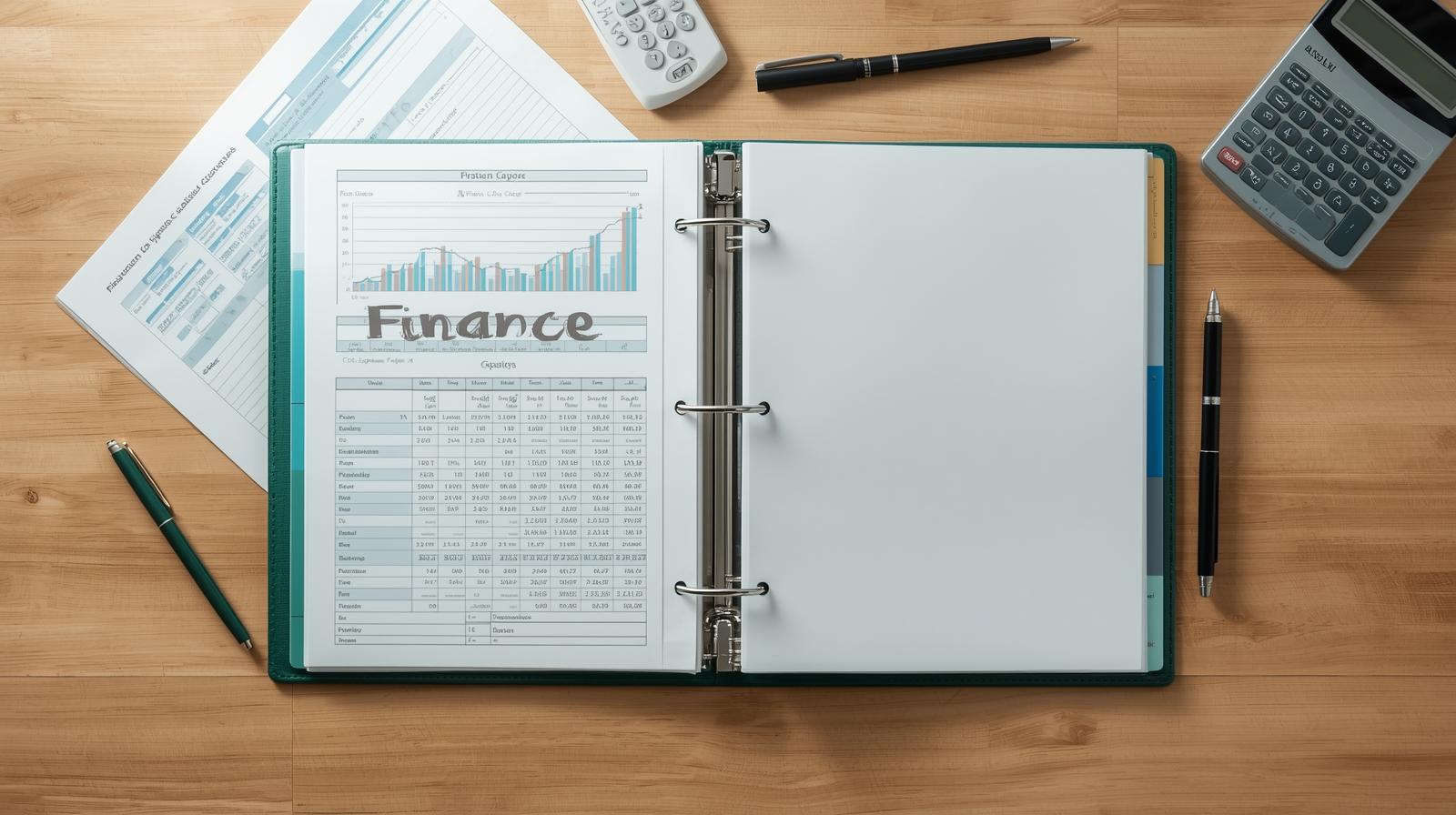City life hits hard — sky-high rent, $6 lattes, and that constant temptation to keep up with the urban vibe. I’ve been there, grinding through an entry-level job in a big city while picking up side hustles like freelancing on Fiverr to cover the bills. Budgeting as a city worker isn’t just about saving; it’s about hacking your finances to live well without going broke. A frugal aesthetic budget setup — think clean, minimalist planners with a touch of style — makes it easier to stay disciplined while still feeling like you’re thriving. In 2025, with urban costs climbing and gig income like Uber or Etsy sales in the mix, this approach is your ticket to financial peace in the concrete jungle.
In this guide, I’m sharing how to set up a frugal, aesthetic budget tailored for city workers, with free tools, real stories from hustlers I know, and practical steps to stretch your dollars. Headings are ready for WordPress pasting, because you’re already dodging subway delays and side gig deadlines. Whether you’re saving for a getaway or just want to stop stressing about rent, this setup will keep your wallet and your vibe on point. Let’s dive in.

Why a Frugal Aesthetic Budget Is a City Worker’s Lifeline in 2025
Living in a city like New York, London, or Toronto means high costs — rent averages $2,000-$3,000/month in major hubs, and groceries aren’t far behind. Side hustles are common (60% of young pros have one, per recent stats), but irregular paychecks from gigs like TaskRabbit or Upwork make budgeting tricky. A frugal setup cuts waste while aesthetic planners — with sleek designs or soft colors — keep you motivated to check in. With platforms reporting gig income to the IRS ($600+) or HMRC (£1,000+), tracking every penny avoids tax headaches. This budget’s your shield against urban money traps, letting you live big on less.
Step 1: Map Your City Cash Flow
Know Your Urban Numbers
First, get real about what’s coming in and going out. List your take-home pay from your job (say, $2,500/month after taxes) plus hustle cash (maybe $400 from rideshare gigs). Then track expenses: rent, transit passes, groceries, that sneaky bar tab. I learned the hard way when I ignored $200/month on takeout — it was killing my savings.
Why It Matters in 2025
City costs are relentless, and gig income’s unpredictable. Knowing your numbers spots leaks fast and preps for taxes, especially with stricter reporting rules.
Signs You’re Flying Blind
- No clue what you spend on food or transit.
- Hustle cash vanishes without a trace.
- Surprised by bills or low balances.
How to Map It
Use a free app like YNAB or a notebook. Check bank statements for last month’s spending. Log every hustle payment — apps like Uber have dashboards for this.
A Cash Flow Wake-Up
My friend Sarah, a barista with $300/month Etsy sales, mapped her cash flow. Found $150 went to unused gym memberships. Cut them, saved $1,200/year.
Step-by-Step Mapping Tips
- List income: Job + gigs (average last 3 months).
- Track expenses: Use bank apps or receipts.
- Categorize: Rent, food, transit, hustle costs.
- Review: Takes 30 minutes, saves hundreds.
Why Mapping Wins
It’s your budget’s blueprint, showing where to trim and where to thrive in the city.
Step 2: Build a Frugal 60/25/15 Budget
A City-Friendly Framework
The classic 50/30/20 rule (needs/wants/savings) doesn’t always cut it in cities where rent eats half your income. Try 60/25/15: 60% for needs (rent, bills, groceries), 25% for wants (dining, fun), 15% for savings/debt. If you earn $3,000/month (job + gigs), that’s $1,800 needs, $750 wants, $450 savings/debt. Use hustle cash to boost savings.
Why It’s Key in 2025
High urban costs demand a lean budget. This setup covers essentials, leaves room for city life, and prioritizes goals like an emergency fund or student loans.
Signs Your Budget’s Off
- Needs take 70%+ of income.
- No savings or debt payments.
- Wants eat up hustle cash.
How to Set It Up
List needs first: rent ($1,200), groceries ($300), transit ($100). Cap wants at $750 — think one nice dinner, not five. Funnel $450 (including $200 from gigs) to savings or debt. Plug into a free planner.
A Budget Success Story
Jake, a retail worker with $500/month TaskRabbit gigs, used 60/25/15. Put $300 to debt, kept $200 for outings, felt balanced.
Step-by-Step Budget Tips
- Calculate take-home: Job + average hustle.
- Assign 60% needs: Rent, food, transit.
- Cap 25% wants: Coffee, nightlife.
- Put 15% to savings/debt, lean on gigs.
Why This Framework Rocks
It stretches your city income, balancing survival with small joys and progress.
Step 3: Hack City Costs with Frugal Moves
Cutting Without Sacrificing Vibe
City life tempts spending — $15 cocktails add up fast. Swap takeout for batch-cooked meals (I saved $100/month cooking rice bowls). Use public transit passes over cabs, shop thrift for work clothes, and split streaming subscriptions with roommates. Redirect savings to your hustle or goals.
Why Cuts Are Crucial in 2025
With rent and food prices up, small hacks free up cash for savings or reinvesting in gigs (like Etsy ads). Frugal doesn’t mean boring — it’s strategic.
Signs You’re Overspending
- Eating out 3+ times/week.
- Paying for unused apps or memberships.
- No cash left for savings.
How to Hack Costs
Check bank statements for leaks (that $10/month app you forgot). Cook 4-5 meals/week from pantry staples. Use city perks — free museums, happy hours. Save receipts for hustle expenses (tax deductions!).
A Cost-Cutting Win
Lisa, a junior designer with $400/month tutoring, cut $120 in subscriptions. Used it to fund a $500 emergency fund in four months.
Step-by-Step Hack Tips
- Review statements: Spot $20-50 leaks.
- Cook 4 meals/week: Save $50-100.
- Use free city events: Museums, parks.
- Track hustle expenses for taxes.
Why Hacking Pays Off
It frees up cash for what matters, letting you enjoy the city without breaking the bank.
Step 4: Grab a Free Aesthetic Planner
Tools That Look Good and Work Hard
Aesthetic planners — minimalist or bold — make budgeting fun. Free printables or digital Sheets with clean grids track income, expenses, and goals. Think soft neutrals or vibrant pops for that city vibe.
Why Planners Shine in 2025
With gig income fluctuating and urban costs high, a pretty planner keeps you engaged. Free means more money for your goals.
Top Free Planner Spots
- Canva: Free “budget planner” PDFs — minimalist, printable grids.
- Vertex42: Free Excel/Sheets trackers with clean weekly layouts.
- TheBudgetMom: Minimalist budget PDFs for city expenses.
- MoneySavingMom: Free 2025 planners with expense and savings trackers.
How to Download and Use
Download a PDF or copy to Sheets. Print for your desk or save to your phone. Log income (job, gigs), expenses, and savings weekly. Takes 10 minutes.
A Planner Success Story
Ben, an Uber driver with $600/month gigs, used a Canva planner. Tracked $200 in overspending on bars, saved $300 for taxes.
Step-by-Step Download Tips
- Search “budget planner” on Canva or Vertex42.
- Pick one with income, expense, goal sections.
- Download PDF or copy to Sheets.
- Print or sync to phone, test a week.
Why Planners Make It Stick
They’re free, gorgeous, and turn budgeting into a quick, motivating habit.
Step 5: Track Weekly and Stay Accountable
Making Your Budget a City Habit
Check your planner every Sunday — log job and hustle income, expenses, and progress. Adjust if a gig tanks or rent spikes. Celebrate small wins, like $50 saved, with free city perks (a park picnic, not a $20 brunch).
Why Tracking’s Key in 2025
City life’s fast; weekly check-ins catch leaks before they drain you. With tax reporting tight, tracking preps you for April or January deadlines.
Signs You’re Slipping
- Skipping planner updates.
- Hustle cash spent without a plan.
- Stressing over surprise bills.
How to Stay on Track
Set a 15-minute weekly ritual. Use planner’s visuals (charts, checkmarks) for motivation. Join a frugal city group on Reddit for tips and accountability.
A Tracking Win
Anna, a freelancer with $800/month gigs, tracked weekly with a Vertex42 planner. Saved $400 by cutting impulse buys, hit a $1,000 savings goal.
Step-by-Step Tracking Tips
- Log weekly: Job, gigs, expenses.
- Adjust for surprises (e.g., fare hikes).
- Celebrate: $25 saved? Free coffee at home.
- Check monthly for big-picture tweaks.
Why Tracking Seals the Deal
It turns your frugal setup into a lifestyle, keeping your city hustle thriving.
Wrapping It Up: Budget Frugal, Live City-Fabulous
A frugal aesthetic budget setup is your secret weapon for 2025. Map your cash, build a 60/25/15 plan, hack costs, grab a free planner, and track weekly. I’ve seen city hustlers like you turn tight budgets into big wins — you’re next.
What’s your first frugal move? Drop a comment and let’s make city life work.
Written by Mudassar Ali — Founder of The Digital Hustle Hub



